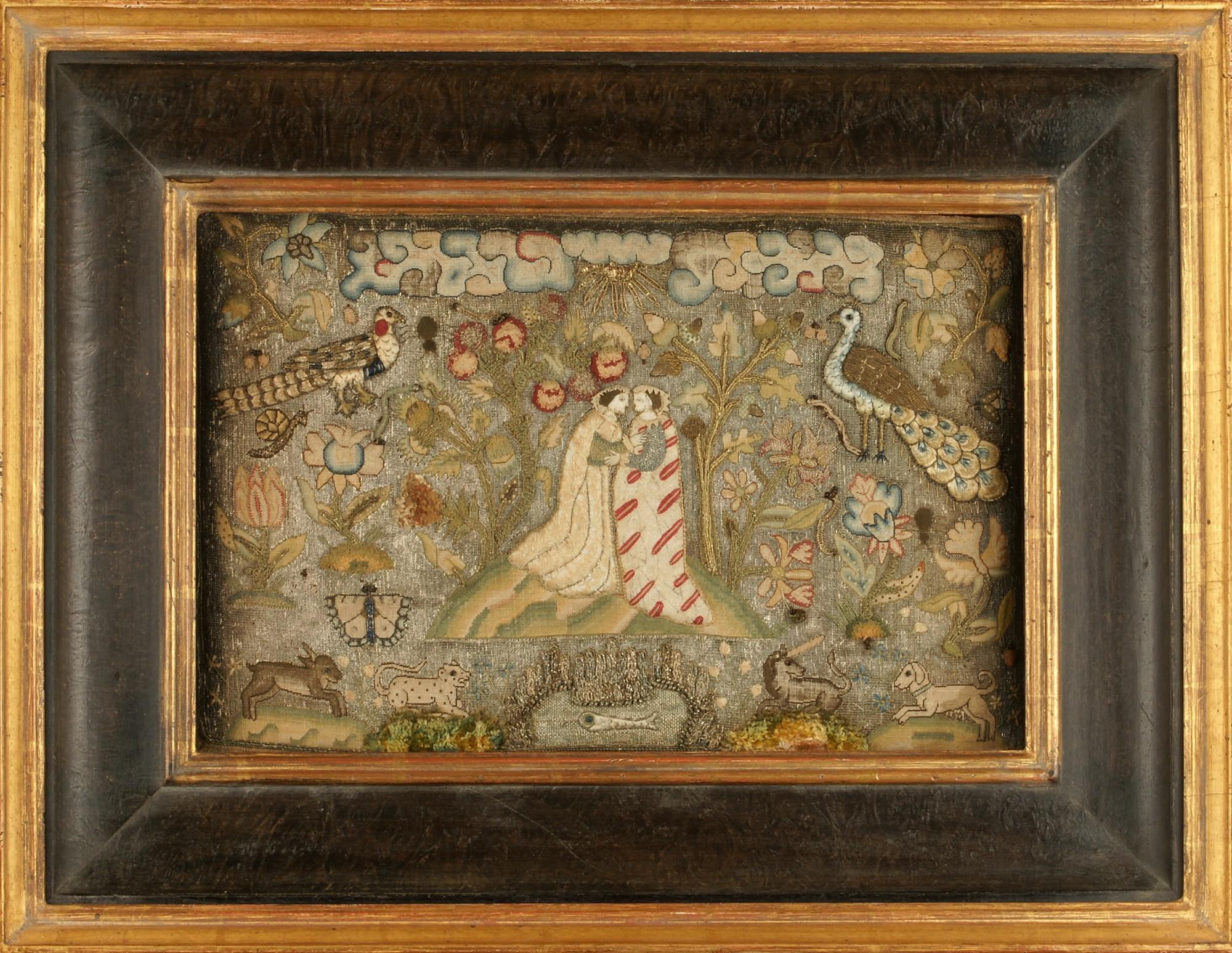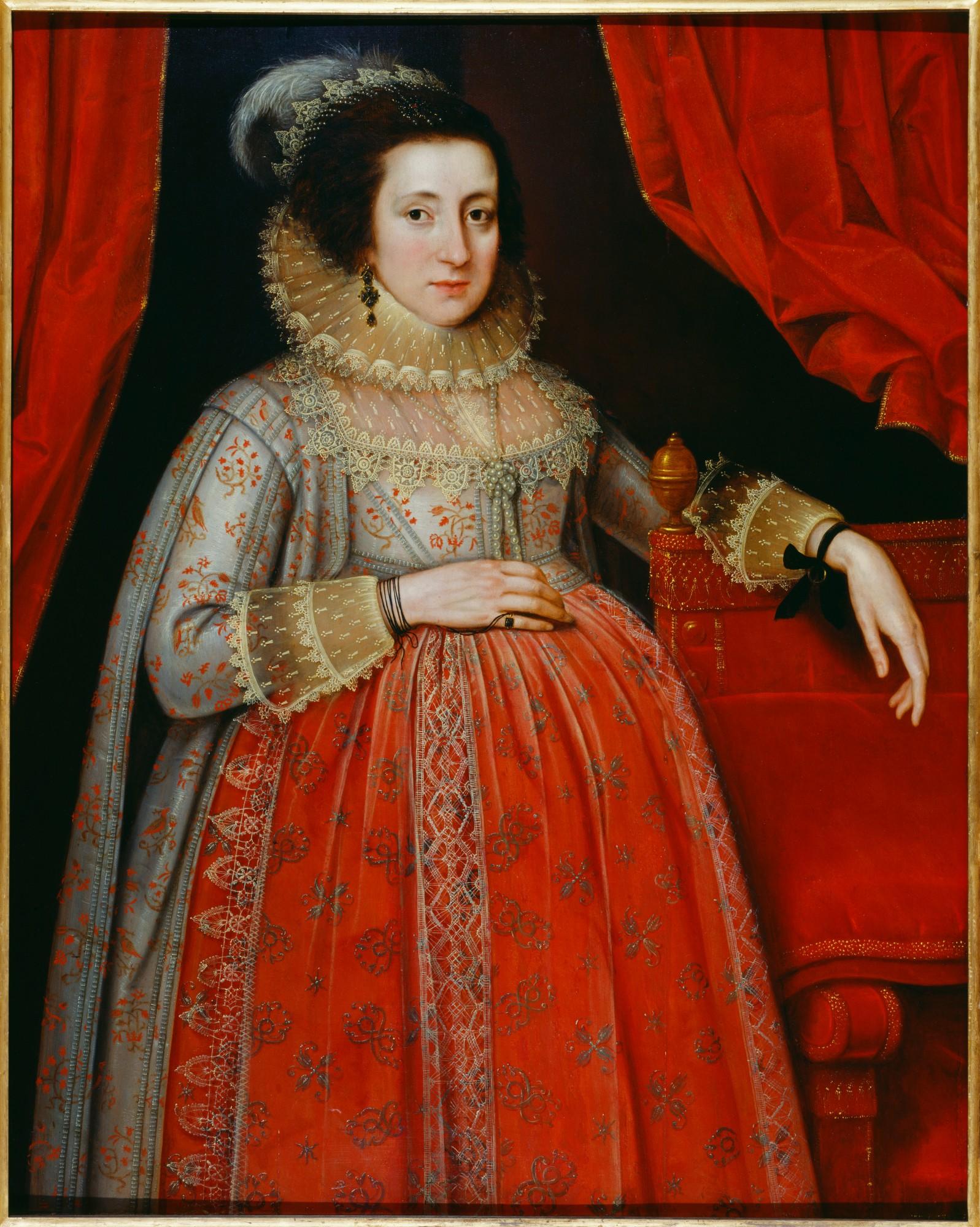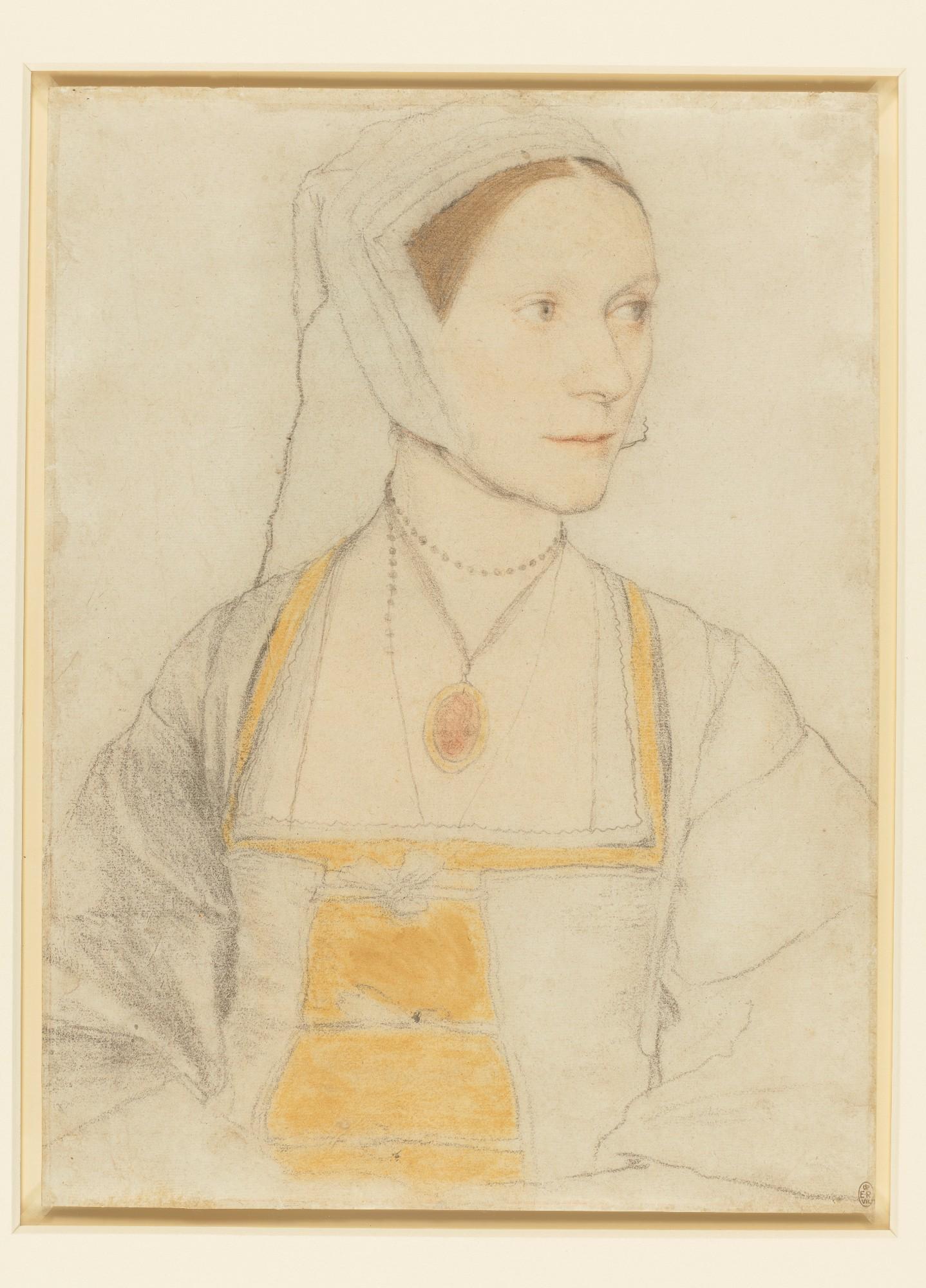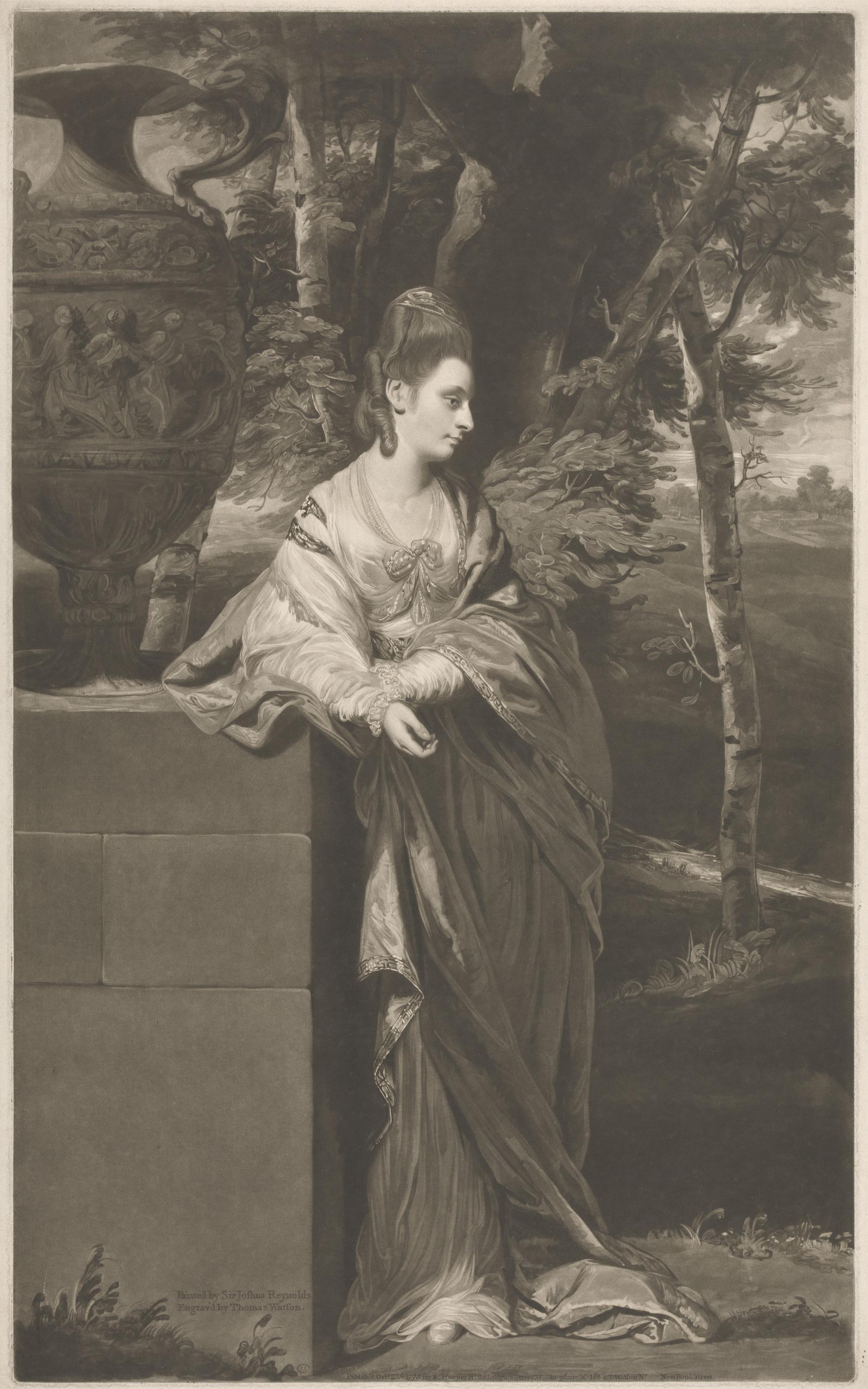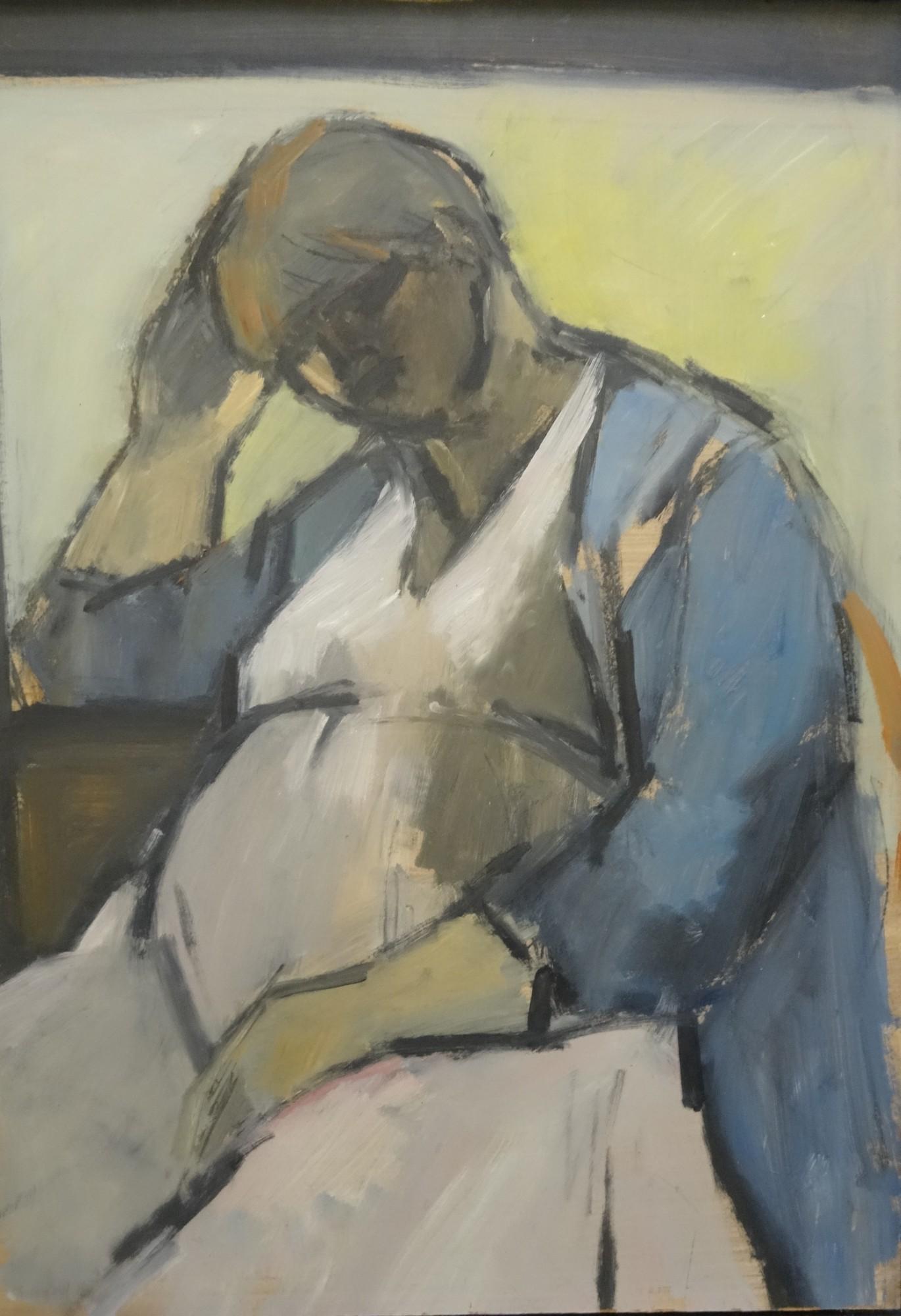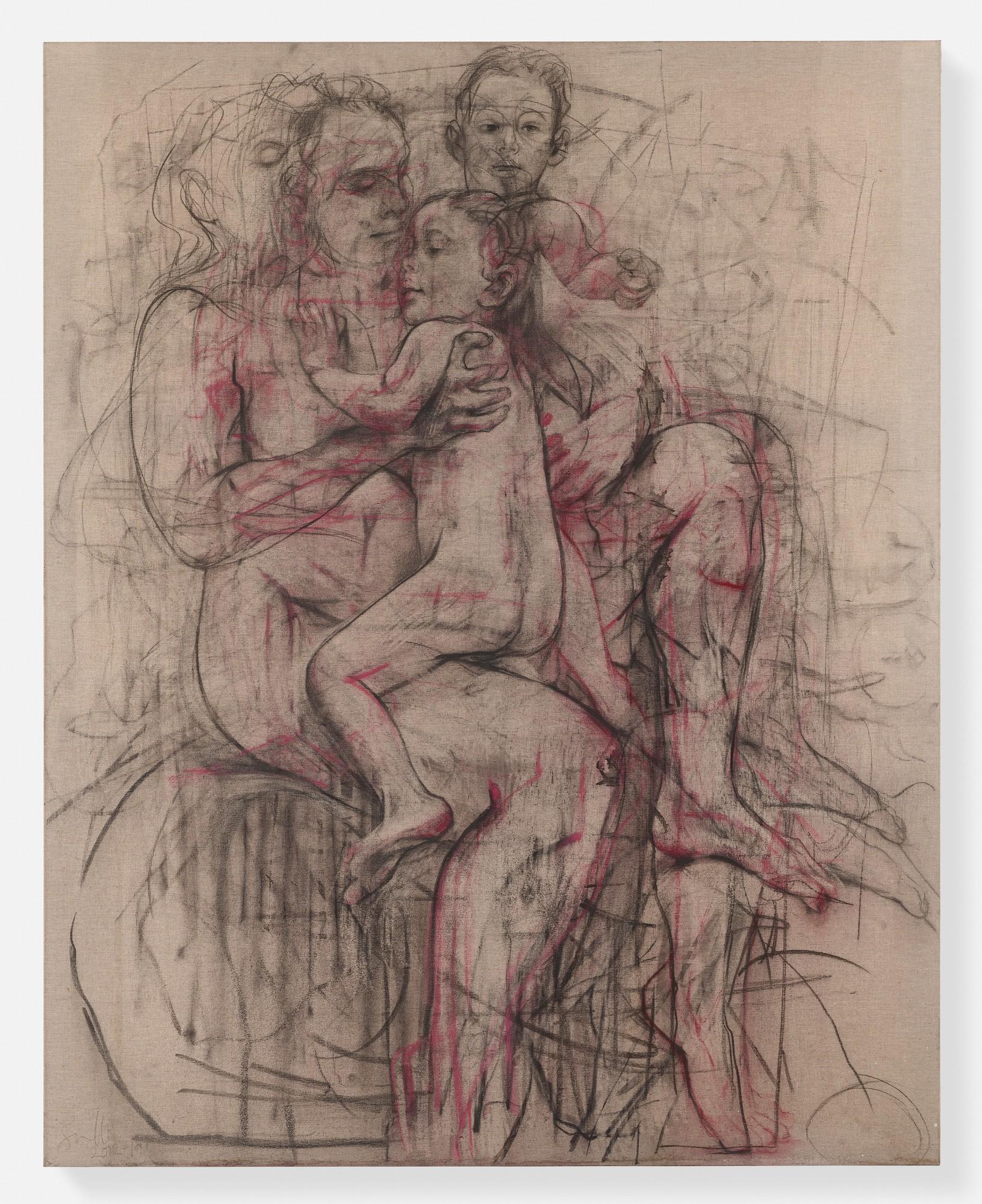“What astonished me was that in all the paperwork about the painting, no one was mentioning the most obvious thing about the portrait, which is that the sitter is depicted as visibly pregnant,” Hearn said. Even in the 20th century—especially before Annie Leibovitz’s 1991 photograph of a nude and seven months pregnant Demi Moore for the cover of Vanity Fair which Hearn called a “game-changer”—a portrait of a woman with a baby bump was unusual. This scarcity of portraiture about a universal human experience piqued Hearn’s curiosity and over the following years she sought out more examples, developing her research into lectures and essays. That decades-long investigation has culminated with an exhibition that spans 500 years of history.
Portraying Pregnancy: From Holbein to Social Media, curated by Hearn, is at the Foundling Museum in London through April 26, bringing together paintings, photographs, prints, clothing, and other related objects from the past five centuries. An accompanying catalogue from Paul Holberton Publishing further examines how women’s pregnancies have been either revealed or hidden over time in response to religious, cultural, and social attitudes.




